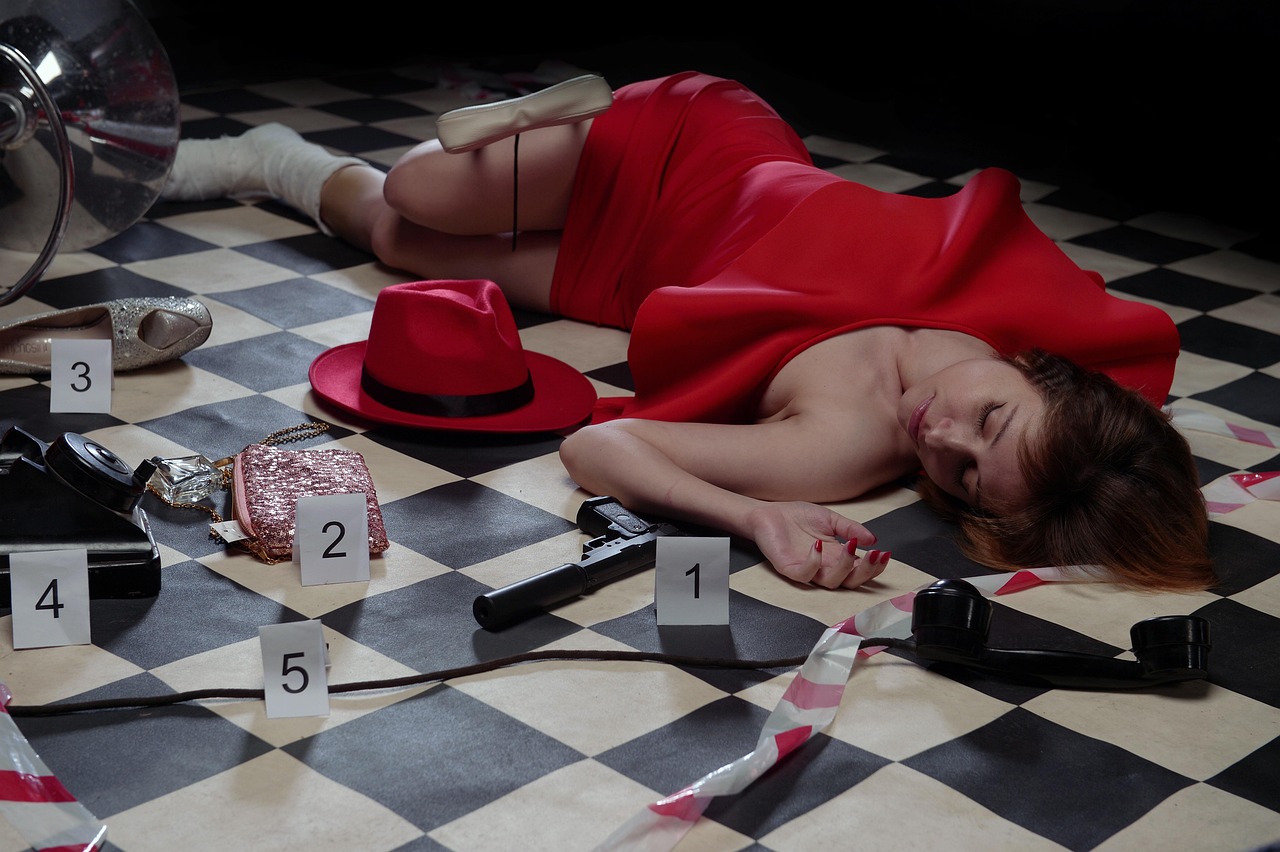
How is forensic photography used in today's society?
As the crowd gathers around the crime scene and yellow police tape is put up, little white chalk figures of people are drawn around a dead body. From the sidelines, a bag and lighting equipment are brought by the often unsung hero of our articles. They are an important part of every investigation. They notice every detail and are very patient when things get busy, as new crimes are added to the list.
I'm talking about the person who takes photos for the police.
Apart from taking fingerprints, collecting dust samples and carefully storing evidence for the forensics lab and courtroom, photos are an important part of investigating a crime and presenting evidence in court.
Forensic photography is a great way to collect and record information. Taking a photo of your surroundings with your camera can help you to remember things that you might have otherwise overlooked or forgotten. The person in the third row is watching. That piece of broken glass in the shadow. Our busy patrol officer might not have noticed, but our camera lens did.
When taking photos for use in a court of law, it is very important that the image is clear and sharp. It must be as sharp as a knife that has been used many times. If there is any fuzziness, pixilation or shake, it is as useless to the Court and the Investigators as an Eagle with pinkeye. The whole case depends on the quality of the photos taken by the forensic photographer. If there are any flaws in the photos, the case could be lost.
The crime scene must always be left alone. The first round of photos must be taken before anything has been touched, removed or altered. This is a picture of the crime scene after it has been frozen. It's as close as you'll get to being there when the crime happened. So make sure you plan the photo before you take it. If you want to make small changes later, like adding a measuring tool to show distance, you can, but not during the first go-through.
Make sure you get all the shoots in the set. You should take close-up, mid-range and wide-angle photos. The Angel is also very important. If you're not looking at things the right way, you might mess up your photo by getting the distance to the object wrong, and so on. Your photo should show exactly what you set out.
It is important to write everything down. Mark the things you want to keep separate, but don't mark the photo itself. It's a good idea to use an overlay that you can remove when you need to. Transparency paper is used for that. Make sure your lighting and exposure are both set correctly. There are lots of great books out there that can teach you how to set up your camera for the best lighting, background and setting. This helps you take the perfect pictures.
Lastly, but not least. If your equipment is not in good condition, it can easily mess up your photos. Make sure your lens is clean and free of dust. No sneaking around, etc. I know it might seem like it's not important, but often the small things we don't pay attention to are the ones that matter. Forensic photography is all about capturing tiny details that might otherwise be missed.
I suggest you make a list of things to do, and include even the most common-sense items on it. Things you will need are batteries, film, equipment that is dust-free, a tripod and a lens cap. You can think of it, or write it down. Even the best professional forensic photographers can make simple mistakes. These mistakes can be easily avoided by using a checklist. Don't forget that the victim is relying on you as well.